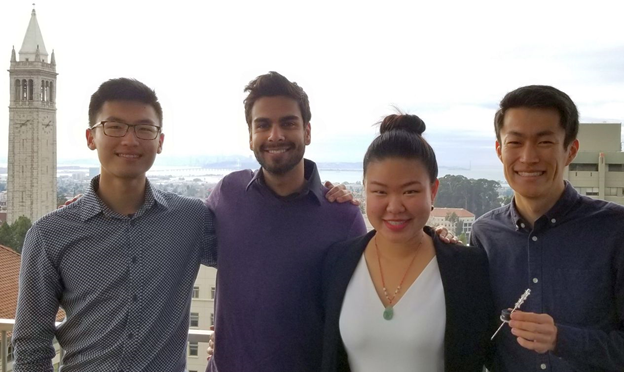2018 Creating an external device as a method to reduce repuncture rate in paracentesis
Team: Sahil Hansalia, Jessica Li, Keith Nishihara, Tinglin Wu
Client: Danielle Brandman, MD, UCSF School of Medicine, San Francisco
Problem: In patients with cirrhosis (severe liver disease), ascites fluid can accumulate in the abdomen. Ascites arises from pressure build up in the veins of the liver, causing reduced liver function. The pressure blocks blood flow in the liver, which over time keeps the kidneys from removing excess salt from the body. Fluid builds up. Paracentesis is a procedure performed to drain that fluid from the abdomen.
The procedure is relatively simple, but the design of the catheters used in some procedure kits is suboptimal. Excess flexibility leads to the catheter popping out of the peritoneal cavity and/or kinking. Stiffer catheters may perform better, but may present unacceptable bleeding risk.
Need: Our unmet need centers on devising an improved means to interface a catheter with the abdomen for more effective paracentesis.


